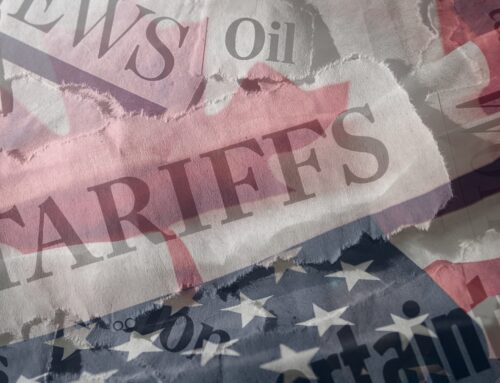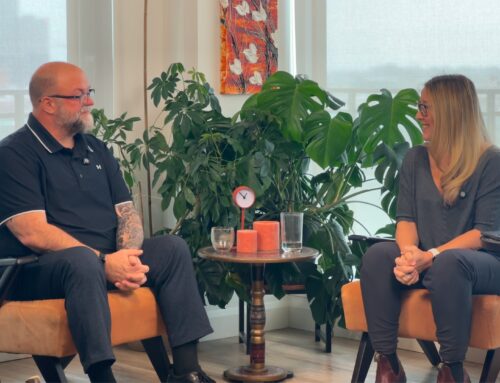Shawn Casemore is an expert on sales, business strategy and growth, who works directly with companies and their leaders for breakthrough strategies in performance. Shawn has worked with Fortune 500 companies such as CN Rail, Tim Horton’s, and Pepsi Co, however he invests the majority of his time working with some of the fastest growing and dynamic mid-market companies, including Bellwyck Packaging, Gerson and Gerson Incorporated and Saje Natural Wellness. Shawn is well-versed to offer insights on how to build winning strategies through the intelligence of well-managed teams. He shared his findings and expertise in the below article.
When the financial crisis of 2008/9 hit, there weren’t many businesses that didn’t feel the impact at the time. Spending dropped to all-time lows, and banks – once considered a pillar of financial stability – even become unstable.
The impact the pandemic has had on companies and sectors is quite different.
Some companies struggled in the early days as customers halted production or operations due to lockdowns.
Alternatively, companies that sold essential items like toilet paper (who knew?), personal protective equipment, and transportation saw a boom, much of which continues today.
Regardless of the impact COVID has had or continues to have on your business, the reality is most companies have faced a significant loss of revenue in the last 12 to 18 months.
Interestingly, if you were to advise your employees that there were spending cutbacks at the beginning of the pandemic, they wouldn’t have been concerned, as most were just happy to remain employed.
Today, however, as areas of the economy heat up and competition for talent increases, sharing this message, particularly if it directly impacts employees, can fall on deaf ears.
In the strategy work I’ve been doing during the past twelve months, desires to grow amidst this new economy are countered with concerns about staff availability.
A new bottleneck has been born.
So how can we continue to share a message of cost restraint without fear of demotivating or losing employees?
The key is in transparency, or as Jack Welsh, former CEO of GE, used to say, “Trust happens when leaders are transparent.” Easier said than done? Possibly. However, the reality is that avoiding transparency comes at a higher cost than that being transparent.
A client recently lost a significant customer account and asked for my assistance in designing a strategy to grow in a new market. The first step we took was to bring together their inside sales, outside sales, sales reps, and the marketing team to begin the brainstorming process to identify new vital accounts the company could target and map out what was required.
You see, transparency is necessary, but it becomes reassuring when you engage your staff in the solution.
Don’t tell your employees money is tight; ask for their support in finding ways to reduce overhead. Instead of ignoring requests to fix old equipment, ask employees for ideas on how to minimize downtime.
When you engage your employees in finding solutions to your revenue challenges, you not only increase creativity, but you inspire pride of ownership and accountability to resolving the issues at hand.
To help ease the strain COVID-19 is placing on Canadian Businesses, TEC Canada has compiled insights from global experts to support business leaders as they navigate the challenges and opportunities presented. If you would like to receive similar information more regularly, please click here.





